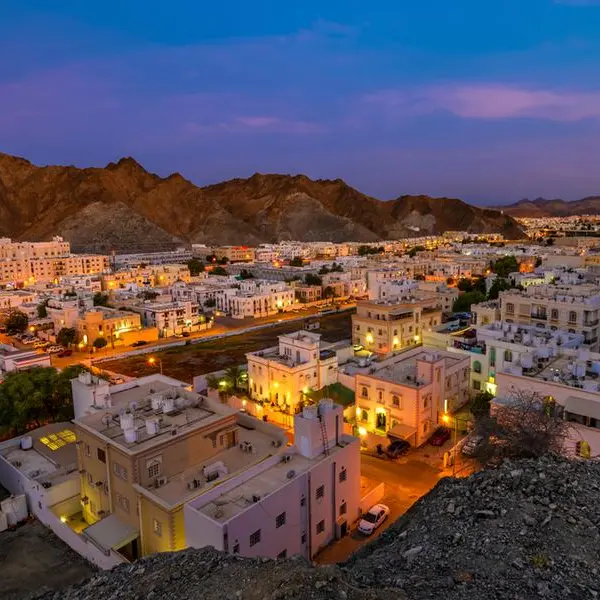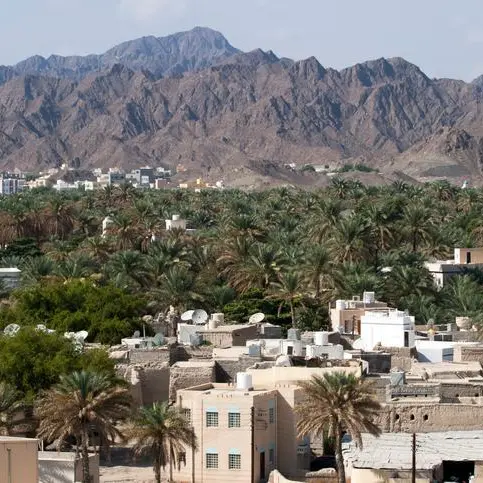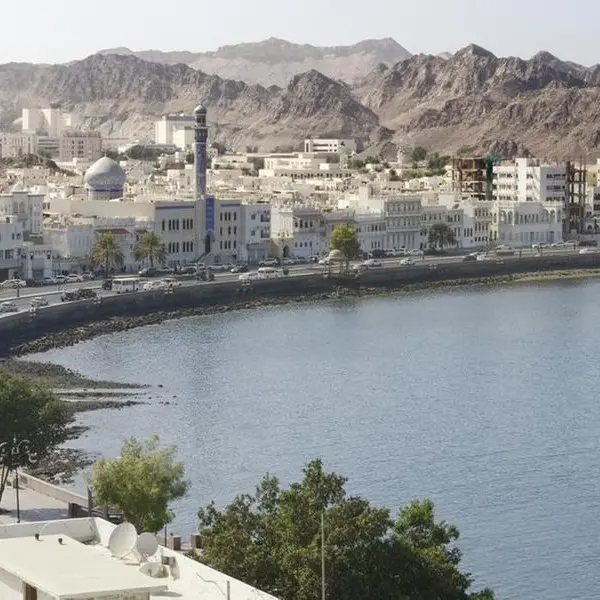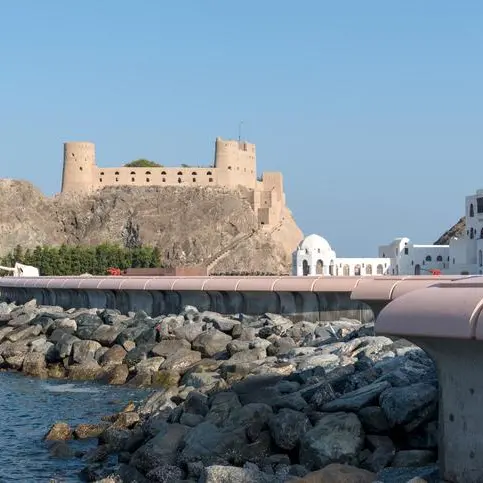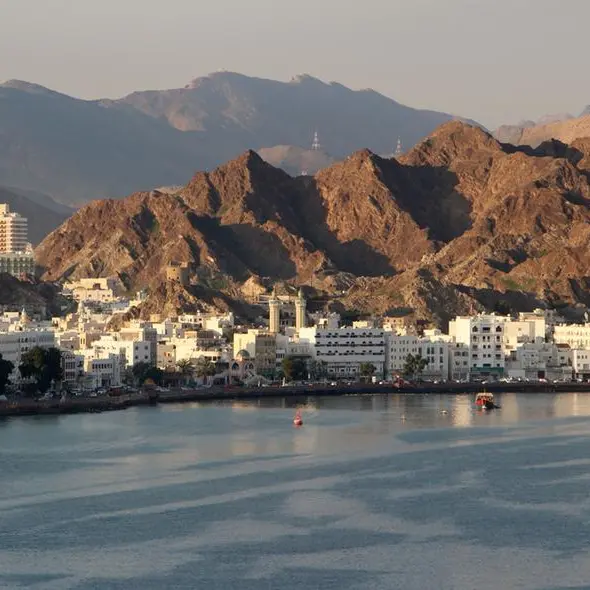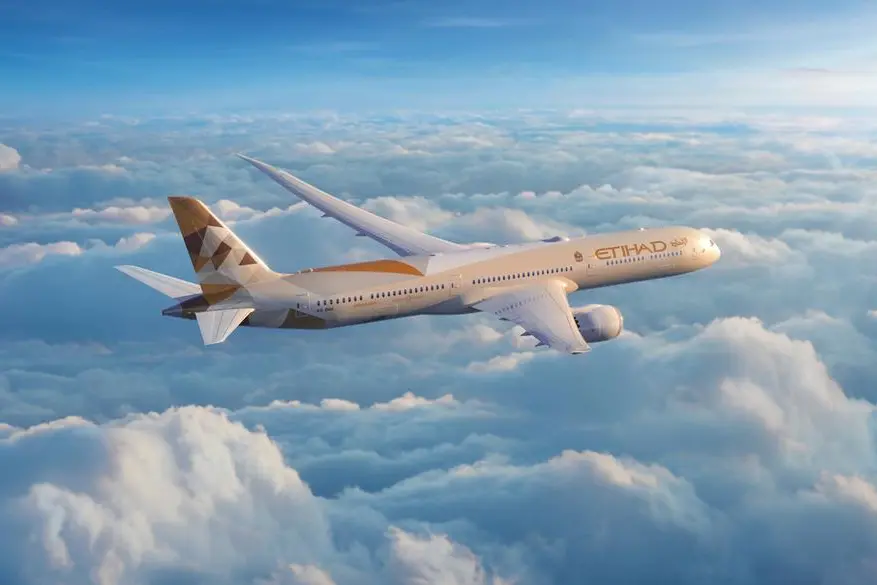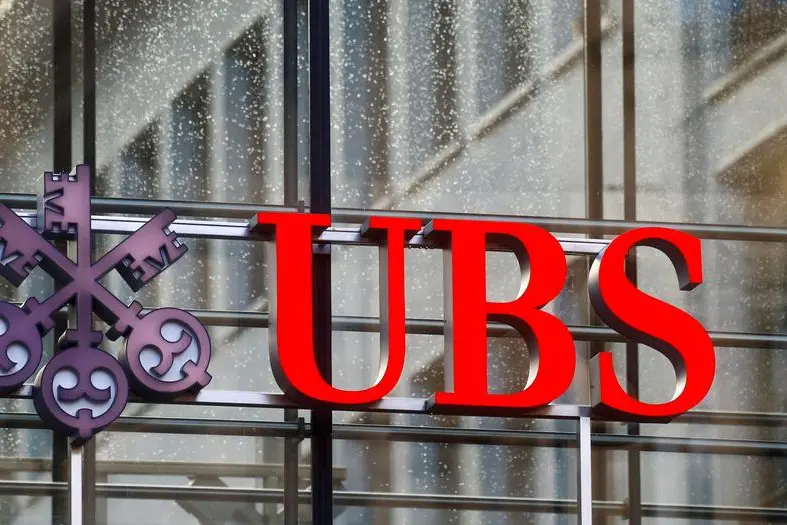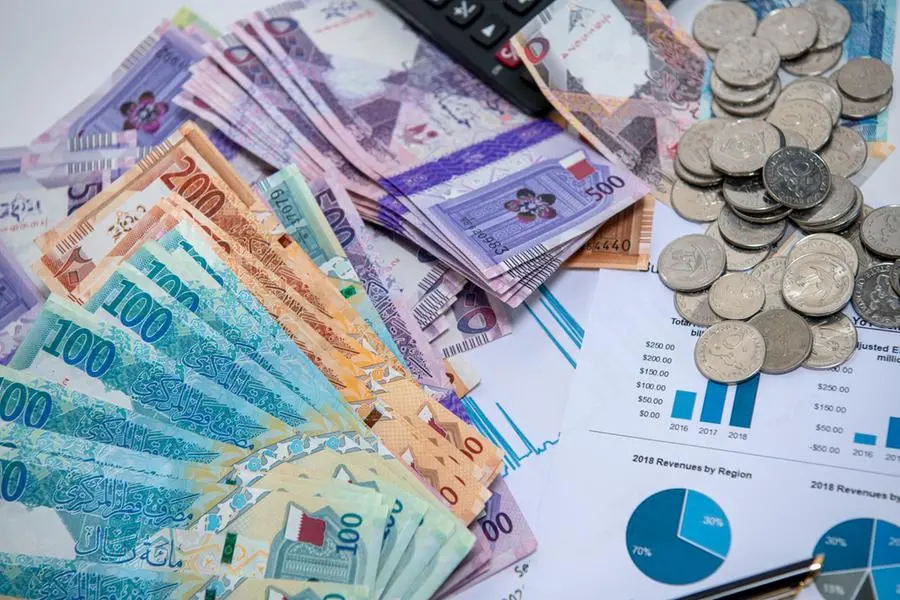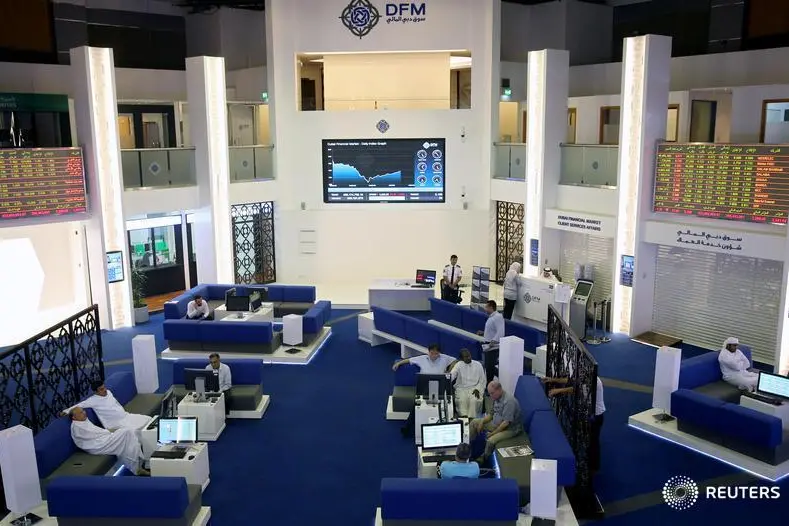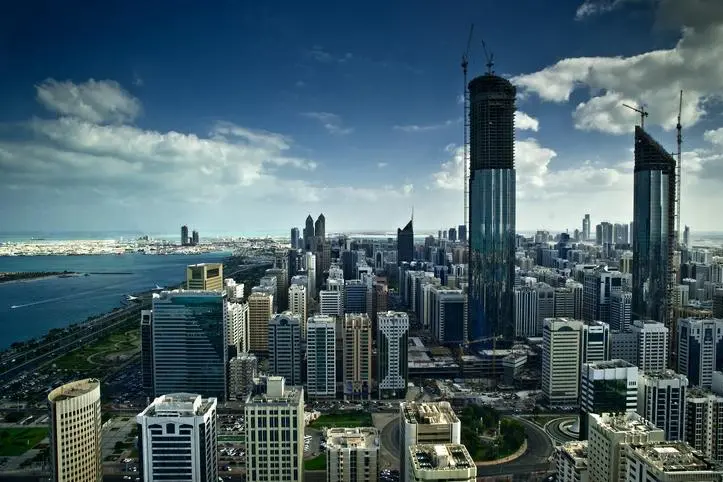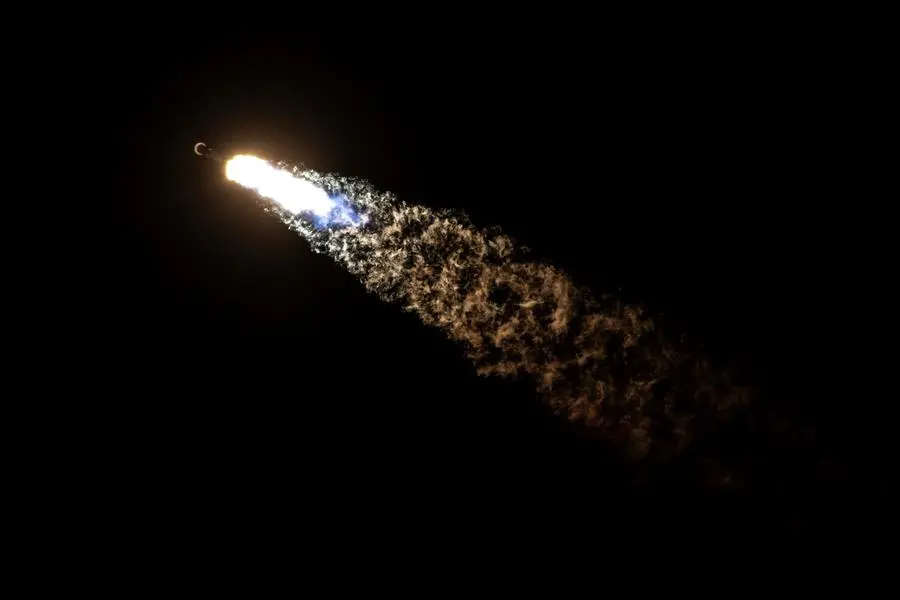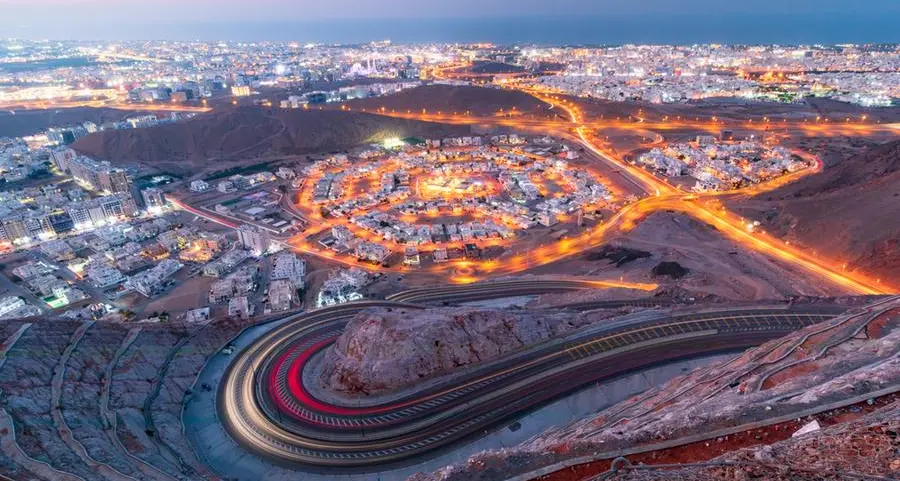PHOTO
Riyadh skyline. Source: Al Salem Johnson Controls Image used for illustrative purpose.
The pace of GDP growth in the GCC is expected to more than halve to 2.8% this year, from 7.5% last year as energy output growth slows and high inflation and greater borrowing costs weigh on demand and economic activity, a report said.
The latest Economic Insight report for the Gulf Cooperation Council (GCC), commissioned by ICAEW and compiled by Oxford Economics, has revealed the region will expand moderately in 2023 amid global challenges.
Despite the slowdown, ICAEW’s estimate for the GCC is slightly higher than the 7.1% expansion in 2022 and 2.5% in 2023 it reported three months ago. This is due to stronger growth performance at the end of last year, particularly in Saudi Arabia and the UAE. New data published recently revealed the Kingdom's economy grew by 8.7% last year, making it one of the fastest growing economies in the world.
According to the Q1 report, the slowdown in the GCC will become more pronounced as oil production cuts and tighter policy take their toll. The latest PMIs show the GCC entered 2023 with strong momentum, supported by healthy demand and sentiment, even as slower global growth weighs on export orders.
ICAEW’s price estimates have also been lowered, with Brent forecast now seen averaging US$85pb this year, against the forecast of US$92.1pb three months ago. Crude oil prices have been weighed down by continued strength in the dollar and concerns about projections for global demand, though China’s surprise reopening following the pandemic lockdowns has offset some of the downward pressure.
Opec countries have kept to the production targets agreed in November and, barring significant tightening in the oil market, ICAEW expects the quotas to be maintained in the group’s next meeting in April and likely beyond.
Opec policy is again weighing on GCC energy output growth, which is expected to slow to just 0.5% in 2023. The oil sector was the key driver behind last year’s exceptional GDP performance, rising by 11%, led by production gains in larger GCC producers.
Travel and tourism will remain supportive of non-oil activity. Recovery in inbound travel is expected to continue this year, as countries invest in tourism development opportunities. That said, a full recovery to 2019 levels isn’t likely until 2024, particularly as the stronger dollar has made the region more expensive for visitors.
Budget spending is expected to provide crucial support to the non-oil sectors this year, ICAEW found. Given the dependence of regional budgets on oil and gas revenues, their financial positions improved considerably in 2022. Governments approached the energy windfall with caution, using it to replenish reserves and pay down debt, with only limited increase in spending.
Even though commodity prices have softened in recent months, they remain above most countries’ fiscal breakeven levels, allowing most governments to generate enough revenue to keep budgets in surplus. A surplus of about 5% of GDP for the GCC region as a whole, similar to 2022, is expected.
The transition to net-zero will remain a key diversification theme in 2023 as the UAE prepares to host COP28. The UAE was the region's first to lay out its green plans, committing US$163bn in investment to turn net-zero by 2050. Saudi Arabia followed with its green initiative worth US$190bn, with 10 clean energy projects highlighted in the 2023 budget.
Hanadi Khalife, Head of Middle East, ICAEW, said: “Continuing to increase investment in the non-oil sectors will not only help the GCC countries to remain resilient this year, but will be vital in achieving the net-zero pledges which, for many, sit at the heart of their economic visions.”
Scott Livermore, ICAEW Economic Advisor, and Chief Economist and Managing Director, Oxford Economics Middle East, said: “With oil sector gains exhausted, non-oil activity is again leading the GCC recovery. The overall picture painted by the latest PMIs is positive, helped by strong sentiment and contained price pressures.
“We are particularly upbeat on Saudi Arabia, where the National Investment Strategy underpins the growth and investment outlook and indicators of consumer spending point to ongoing strong recovery.
“Meanwhile, the UAE's policies in support of expansion in key sectors, embedded in the ‘We the UAE 2031’ vision, will drive growth.”
Stickier-than-expected inflation remains a key risk to non-oil activity. Average inflation rates are generally moving down, amid a decline in global commodity prices, but there are several country-specific factors at play, including a post-World Cup reversal in inflation trends in Qatar and a high starting base from the doubling of VAT rates in Bahrain.
By contrast, inflation in Saudi Arabia inched higher, pushed up by rent inflation. GCC inflation is forecast to recede to 2.4% this year, from 3.4% in 2022, but sticky domestic price pressures, particularly from housing, will limit the pace of the decline.
Meanwhile, economic resilience in the US will necessitate more rate hikes by the Fed and most central banks across the GCC are expected to follow suit, even as regional inflationary pressures ease. The effects of aggressive policy tightening over the last 12 months will continue to filter through to economic activity, underpinning the view of non-oil GDP growth in the GCC slowing to 4% this year from 5.7% in 2022.
Copyright 2022 Al Hilal Publishing and Marketing Group Provided by SyndiGate Media Inc. (Syndigate.info).

